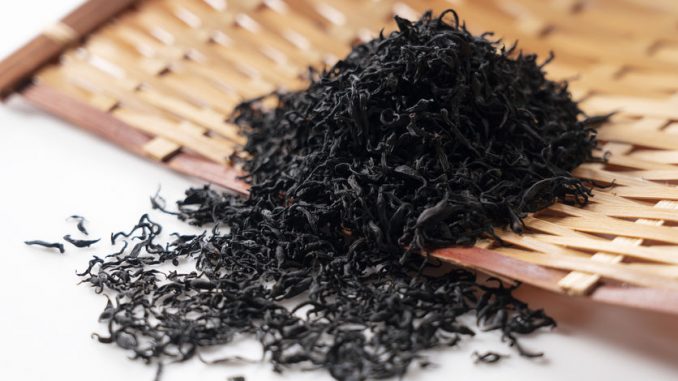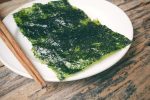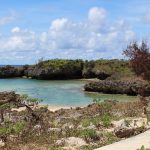
Introduction
Hijiki seaweed is one algae not commonly found in Western diets but does make a significant portion of the Okinawan diet. Hijiki is also know by other names: hiziki, MeHijiki or Hizikia fusiforme.
The seaweed appears very different from other types. It has a a very distinctive black and shredded appearance.
The seaweed is sold for use in mixes, soups and salads and vegetarian dishes. It is a speciality seaweed of Japanese and Korean restaurants where it is commonly used as a starter or appetiser. It is a popular food in Asian and eastern food shops. The seaweed is also special food used in the Okinawan Diet. Nori incidentally is the seaweed used in sushi.
Arsenic Levels
Arsenic levels in Hijiki seaweed is relatively high which has prompted health concerns. Consumers of such seaweed are advised to limit their consumption or choose alternative types where possible. Manufacturers of packaged hijiki seaweed or those producing food products containing significant amounts of the seaweed are advised to provide advice about limiting consumption on the food label.
Its worth noting that organic arsenic is non-toxic and commonly found in seaweed and other marine life. However, the inorganic arsenic compounds are toxic and has been of considerable interest in the EU.
Products Based On Hijiki
Please note this article contains links to our affiliate marketing partner. Please read our affiliate disclosure.
Purchase your Hijiki seaweed here



Leave a Reply